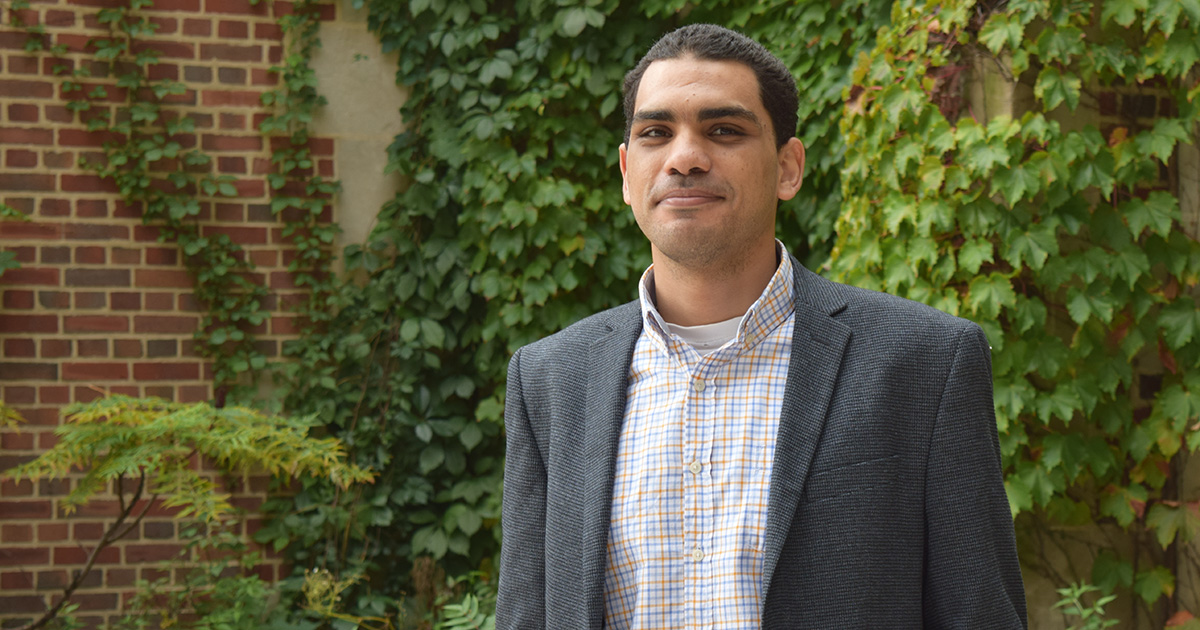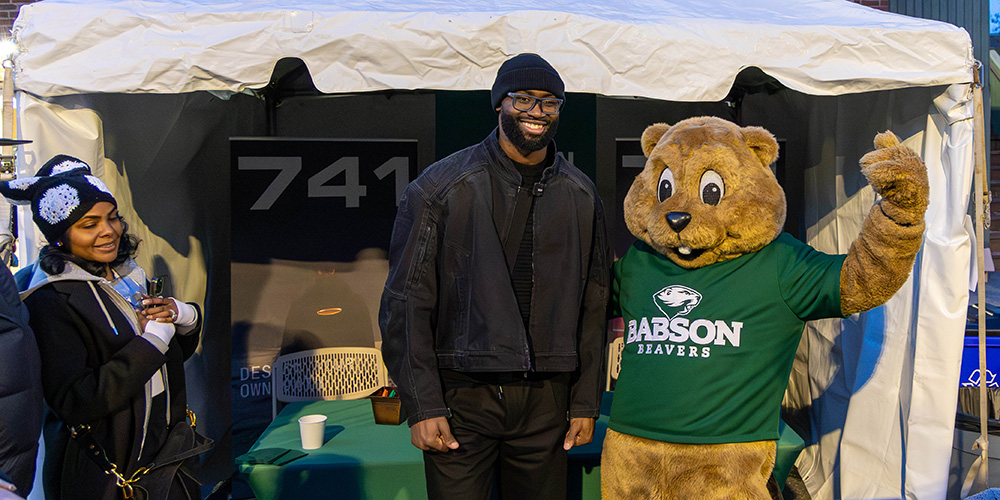How The Weather Company Used Data to Build the OutSider App

Since its launch more than three decades ago, The Weather Channel has successfully served up weather data via TV and later the Internet. Then, a few years ago, DIRECTV blacked out the channel to its 20 million subscribers, citing declining ratings and evidence of an increasing number of individuals who were more frequently using their smartphones to check the weather. A few months later, DIRECTV reinstated The Weather Channel because of consumer preferences but The Weather Company (TWC), which owns the channel, clearly needed more innovative approaches to monetize its weather data. One solution was to develop OutSider, a mobile app for runners that has helped the Atlanta-based company tap into a growing consumer trend.
Similar to the disruption caused by the movement from printed to digital books, or from DVDs to streaming video, the consumption of weather information has been moving quickly from TV to smartphones. To address that, TWC approached the problem like a Silicon Valley startup would. TWC’s Digital Products Division was tasked with leveraging the company’s big data to obtain new customers, establishing more binding relationships with existing ones, or increasing advertising revenue.
Like most media companies, TWC employed an advertising-based revenue model. Consumer ads were displayed alongside TWC’s weather data, regardless of where the data were served up, either on TV, its website, or its mobile app. But, with the TWC weather app, very little was known about the user. The hope was to create a product for a narrower, well-defined target market segment and charge a premium for its advertising space. And so Chris Huff, vice president of mobile and consumer app development, invited all company employees to a hackathon.
As Huff explained, “Between the over 200 meteorologists, weather scientists, and technologists, there are a lot of engineering-minded folks walking the halls.” When the group gathered on Day 1, people were given deliberately broad instructions: “Build some weather-related working software that our customers—outdoor enthusiasts—will love.”
Rolling Up Their Sleeves
Some employees came with ideas they were hoping to implement, while others (such as the programmers) were eager to construct a prototype. After forming teams and brainstorming, people spent the next day and a half developing their ideas and building the software to implement those concepts. On Day 3, the teams were given three minutes to present their concepts to a panel of judges, which included the VP of engineering, the VP of product, the president of the Digital Products group, and an on-camera meteorologist. The judging criteria included whether the prototype addressed a problem the company wanted to help solve, whether it was innovative, and whether it functioned.
Several ideas emerged from the hackathon, but the one that garnered the most enthusiasm was a weather-centric app for cyclists. TWC later pivoted that idea to focus on running. The project was greenlighted, and the first step was to figure out what data to include. According to Huff, “We pulled every data element we had and said, what is that? Is it useful? And, so we went down the list of all the weather data we had, and tried to understand how useful it would be.”
After several design iterations, development began. The team followed the “agile” software development method with a goal of creating a minimally viable product that people could then learn from. In such an approach, the development process is feature-driven and the goal is to deliver small pieces of working software at set intervals, generally from two to eight weeks. With TWC’s commitment to continuous innovation and the entrepreneurial process, the agile software development method was the only viable option. Development of the OutSider app took place over three months, and, in the spirit of experimentation, the team was simultaneously testing and implementing several modern big data tools.
Off and Running
The app’s big differentiator is the ways in which it combines TWC’s proprietary weather forecasts with a runner’s preferences and past run performance data. When the app is opened, it displays a weather score from 1 to 10 on the Run Weather Index (RWI), a soon-to-be-patented metric with the highest score of 10 indicating a perfect day for running. Touching the number displays the six components comprising the RWI algorithm: wind speed, precipitation, temperature, humidity, cloud cover, and air quality.
Of course, weather is a key factor for runners, and the inclusion of TWC’s detailed and highly accurate weather forecasts provides the OutSider app with what the team hoped would be a clear competitive advantage over myriad other running apps. The goal was to enable users to plan better—when to run, what to wear, and how to hydrate.
Weather forecasting was an early big data problem, and TWC became skilled in storing and analyzing such massive information. The company is now breaking new ground with its vision. What’s next? Leverage the data, create exclusive content like the RWI, focus on the user experience, and work with its centralized IT department to build a platform that supports the OutSider app and future apps too. According to Huff, “The OutSider app is much more than an app; it is a way to learn about how the weather affects a person’s body chemistry.”
Posted in Insights





